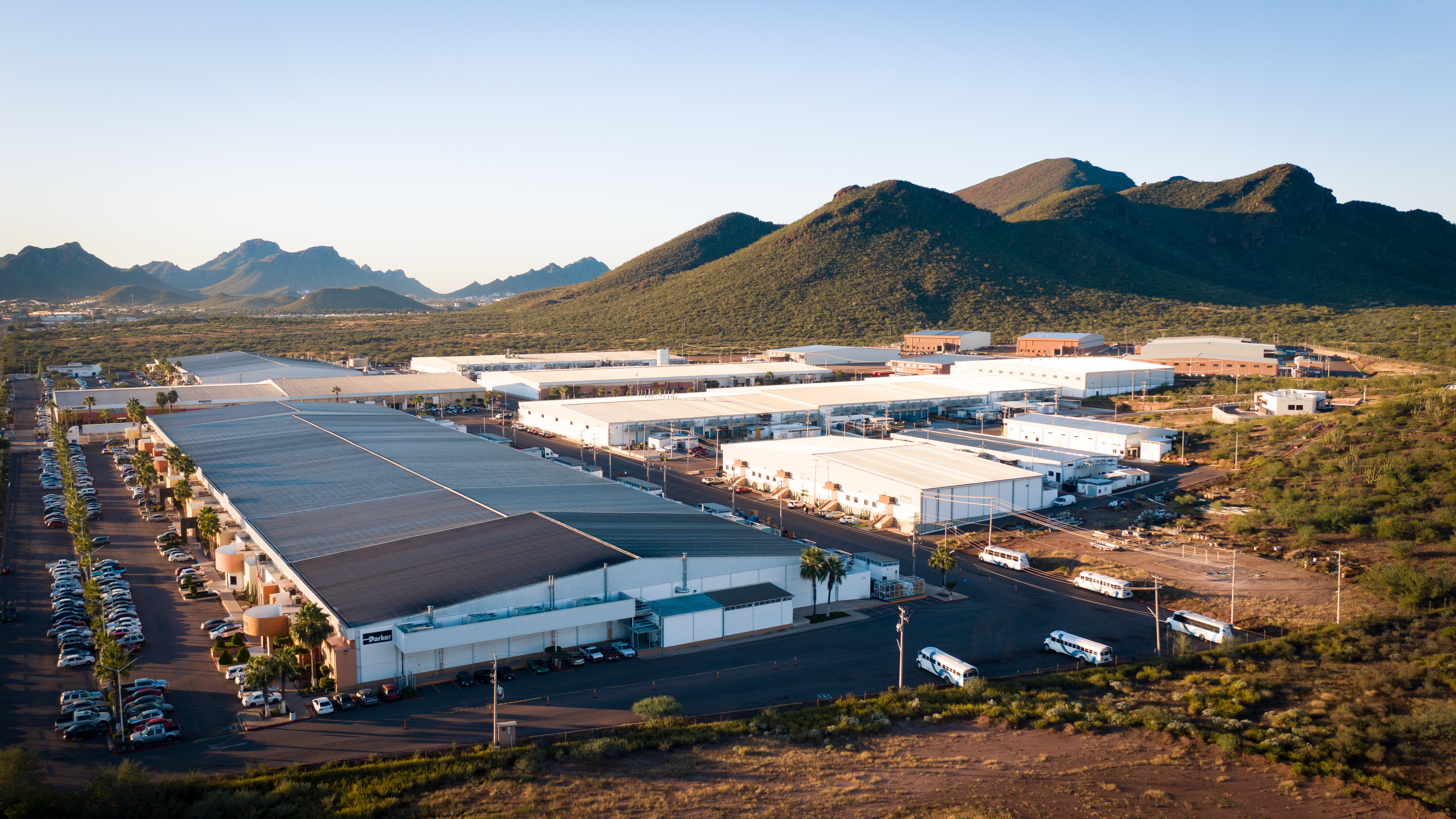There's no doubt that the aerospace market is a complex, dynamic industrial sector that will only continue expanding and growing across the globe. Guy Hachey, president and chief operating officer (COO) at Bombardier Aerospace, recently talked about this globalization - and, subsequently, consolidation - of the aerospace sector at the Aerospace Innovation Forum in Montreal. Hachey told the approximately 1,000 professionals in the audience about why this trend toward globalization propelled Bombardier to take up root south of the U.S. border in Mexico. According to Hachey, it wasn't because the company was simply looking for low cost manufacturing, but because the business needed to be able to create great products that could be sent quickly to North American markets and for the company to be innovative in the industry.
Since Bombardier's initial expansion to Mexico in 2005, it has invested in a total of three maquiladoras in the country and one administration site. Bombardier was the first aerospace manufacturer to offshore its production process to the country, and since then aerospace manufacturing in Mexico has since spread to 16 Mexican states, concentrating in five key industrial clusters. More than 200 companies and their approximately 29,000 employees are involved in aerospace manufacturing in Mexico, and with ongoing reports about the industrial sector's globalization, Mexico will continue to be an important offshore manufacturing climate for the aerospace industry.
Steady global growth
According to the report "Gaining Altitude" by PricewaterhouseCoopers, aerospace is expected to grow along with customer demand. The Friction Products and Materials Market report by BCC Research noted the aerospace component of the market expected to grow slowly because of budgetary restraints among governments. This means emerging market demand will drive aerospace growth, and with Mexico's focus on aerospace manufacturing, the country may be a hot spot for production. With so many aerospace manufacturers already invested in the region, they may be perfectly poised to ramp up production if demand begins to outstrip supply.
In his talk, Hachey suggested tiering of suppliers and consolidation of supply bases may cause many of them to reduce their focus on innovation. Hachey's concern may be valid - if some of the top suppliers acquire lower tiered businesses that complement their services and offerings, it may result in fewer suppliers being able to truly innovate, resulting in slower growth for the market as a whole. However, Hachey says companies just entering the aerospace market may keep the industry focused on inventiveness.
Hachey's spotlight on innovation may be partly due to Bombardier's product targets. According to Aviation Week, Bombardier is currently working on revamping, certifying and delivering multiple product models.
"Right now we have so much on our plate," Hachey told Aviation Week. "But the good news is the [Learjet] 70/75 is done. The [Learjet] 85 is going to be flying shortly. The [Challenger] 350 is going to be on schedule in the first part of next year, so that's on track. The [Challenger] 605 right now is going to remain the way that it is. We haven't announced anything. And the [Global] 7000 and 8000 are still on track for '16 and '17."
Moving just part of the production process to Mexico has clearly paid off for the company. As Bombardier and other aerospace manufacturers focus on future innovations, operations may continue to center on Mexico.
Expanding to Mexico provides multiple benefits for aerospace manufacturers. The country is a heavy industry haven, with workers experienced in the dynamic aerospace industry. Being close to end-markets gives Mexico a clear advantage over other offshoring destinations. Even as markets open up, Mexico will stay a vital destination for aerospace companies.
Subscribe
Sign up and stay informed with tips, updates, and best practices for manufacturing in Mexico.





